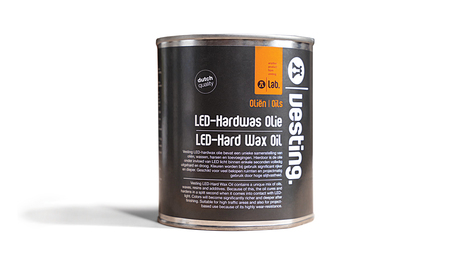Staining Pressure-Treated Porch Posts
Pressure-treated lumber can be stained successfully by following some simple steps.

I need to install four 8×8 porch posts. I was planning on buying cedar posts, but now I’m considering just going with staining pressure-treated wood. The posts will all be stained a very dark walnut color—dark enough to hide 90% of the grain—so I’m wondering if spending more than twice as much for the cedar makes sense. Will a pressure-treated post accept a dark stain like that without getting all blotchy? Is there any other downside to going the pressure-treated route, and is there a particular type or brand of stain that works best? The posts will be located on the north side of my house and won’t get a lot of direct sunlight.
—Billy Kirch, Rock Rapids, Iowa
Mike DiBlasi of DiBlasi Painting replies: Pressure-treated wood can be stained, but there are a few considerations you need to take into account. The chemicals in pressure-treated wood are infused into the grain with water, which will inhibit the absorption of stain. If you can find it, use KDAT (kiln-dried after treatment) pressure-treated lumber. Conventional pressure-treated wood sold at lumberyards generally has a high moisture content, so the wood will need to be dried out, which can take several months. As the posts will be located on the north side of the structure and will receive limited sunlight, drying could take twice as long. If you have a moisture meter, wait for a moisture content of 13% or less. If you don’t have a meter, simply sprinkle some water on the surface. If it beads off instead of being fully absorbed, then it needs more time.
Once the posts are ready for stain, I recommend an exterior-grade oil-based stain. You should be able to find a good brand at your local paint or hardware store. Your treated posts will likely be pine, which is a soft and absorbent wood that has a tendency to get blotchy when it is stained with a dark color. This can be mitigated by first applying a prestain conditioner to the wood. Make sure that the conditioner is compatible with the type of stain you use. The darkness of the finish will depend on how long you leave the stain on before wiping it off with a clean rag; 10 minutes is a good starting point. Save the sections you cut off your posts, and practice the timing on them first. Apply just enough stain at one time so you can wipe off the excess in a timely manner, and avoid working on any surface exposed to direct sunlight. Also, remember that oil-based stains are combustible and stain- or solvent-containing rags are a fire risk and must be disposed of safely.
From Fine Homebuilding #316
RELATED STORIES






























View Comments
Link to "exterior-grade oil-based stain" certainly is not about the type of stain shown in the picture above. That article discusses paint vs solid color stain.
The stain shown looks more transparent than most of the semi-transparent deck or siding stains I am familiar with. It would be real nice if a picture of samples said specifically what was used -- brand name, name of product and color. That way, if you look at the picture and say "that is exactly what I want" you know exactly what product to buy. The description of "oil based exterior stain" covers a lot of ground from toners with only a hint of color to solid color which hides all the grain. That, of course if oil based stains are available in your area at all.